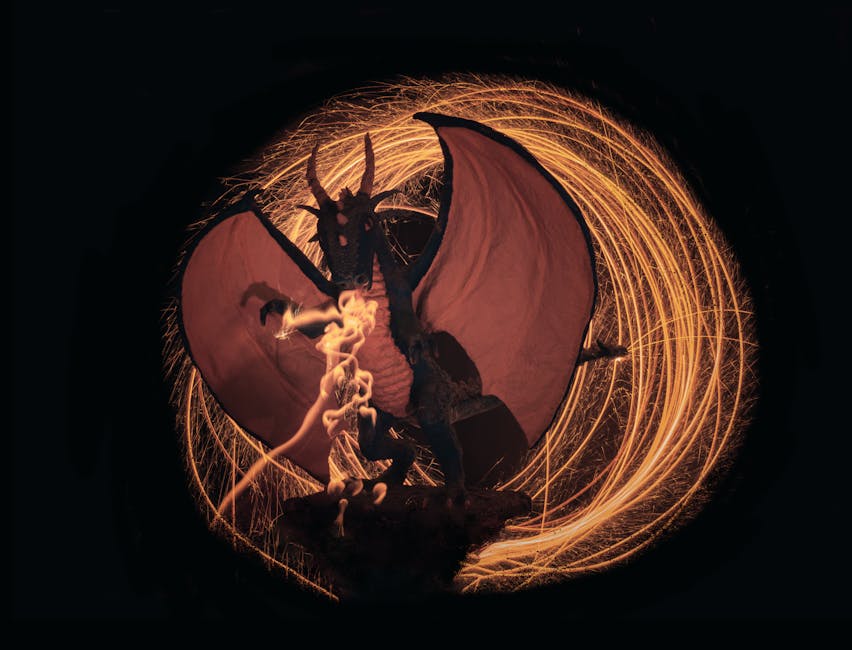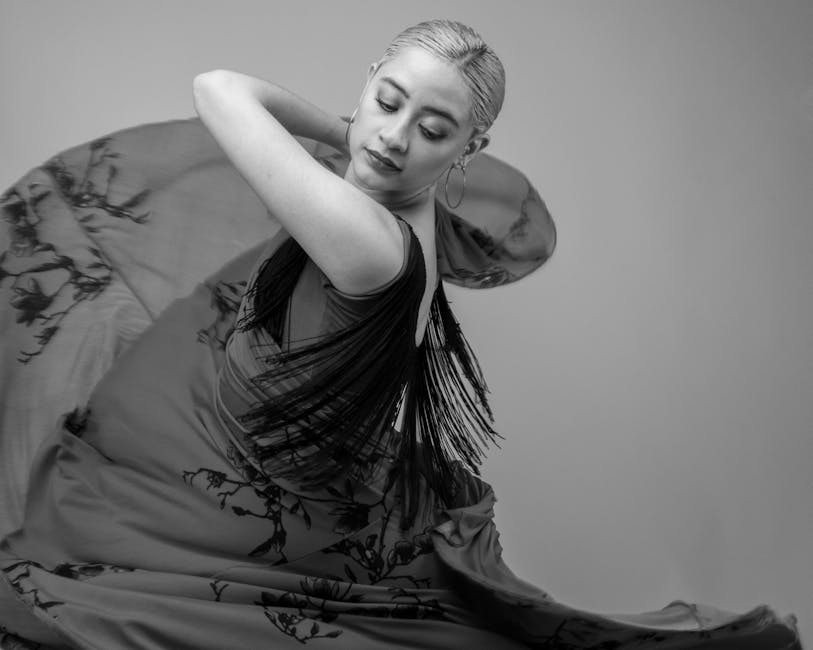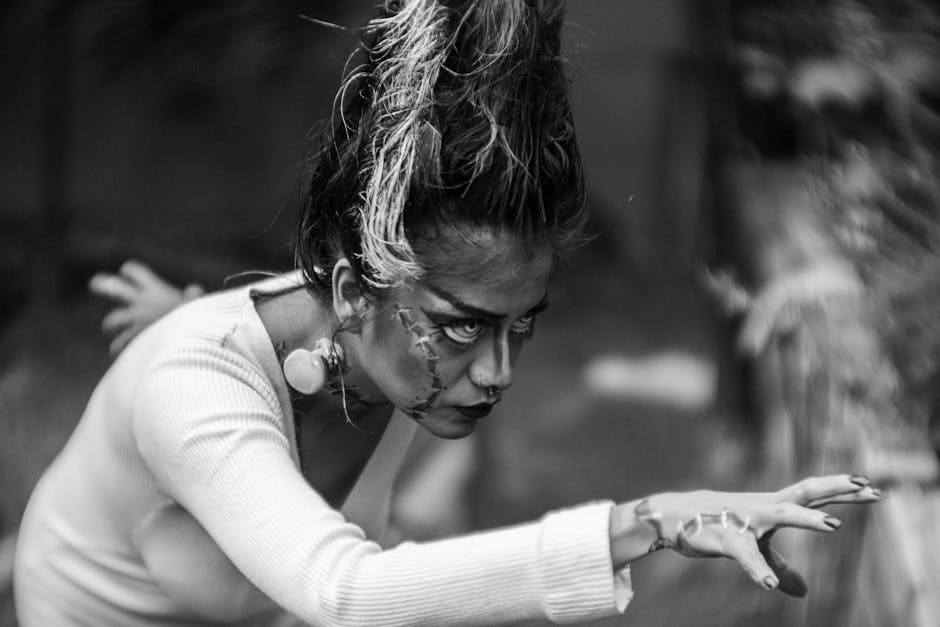The Power of Storytelling in Art
Have you ever looked at a painting and felt like it told you a story? Storytelling is a powerful tool in art. It connects us to the artwork and the artist. But how exactly does this happen? Lets dive into the magic of storytelling in art.
Why Is Storytelling Important in Art?

Storytelling adds depth to art. It invites viewers to explore feelings and situations. Art that tells a story can make us laugh, cry, or think deeply. According to research, people remember stories better than facts. This means that art with a strong narrative can leave a lasting impression.
Think about your favorite movie or book. The characters and plots stick with you. Art works the same way. When an artwork tells a compelling story, it draws us in and keeps us engaged.
How Does Art Tell a Story?

Art tells stories in various ways. Here are some common methods:
- Characters: Many artworks feature people or animals. Their expressions and poses can convey emotions and narratives.
- Color: Colors can evoke feelings. Bright colors might make you feel happy, while dark colors can create a sense of sadness.
- Setting: The background of an artwork provides context. A serene landscape might suggest peace, while a chaotic scene could imply conflict.
- Symbolism: Objects in artwork often symbolize deeper meanings. For example, a broken chain can represent freedom.
Using these elements, artists craft stories that resonate with viewers. This storytelling can happen even without words.
Can You Give Some Examples?

Absolutely! Lets look at a few well-known pieces that tell stories.
The Starry Night by Vincent van Gogh
This famous painting shows a swirling night sky over a quiet town. The bright stars seem alive, almost whispering secrets. Van Gogh painted this after a night in a mental asylum. His emotions reflect in the turbulent sky, telling a story of struggle and beauty. It invites viewers to feel both chaos and tranquility.
The Last Supper by Leonardo da Vinci
In this iconic mural, Jesus and his disciples share a final meal. The expressions on their faces reveal shock and betrayal. Da Vinci captures a moment filled with drama, making us feel the tension. This artwork tells a powerful story about loyalty, faith, and sacrifice.
What Makes a Good Story in Art?

A good story in art often has clear elements:
- Character Development: Characters should evolve. Viewers want to see their journey.
- Conflict: Every story needs a challenge. This keeps the audience interested.
- Emotion: The best stories evoke feelings, making us connect with the artwork.
- Resolution: A satisfying conclusion gives a sense of closure.
When artists master these elements, they create compelling stories that resonate with viewers.
How Do Artists Use Their Own Stories?
Many artists draw from their own lives. Their personal experiences shape their art, leading to powerful narratives. For instance, Frida Kahlo often painted self-portraits that reflected her pain and struggles. Each piece tells a story of her identity, culture, and personal battles.
Artists like Vincent van Gogh and Edvard Munch also infused their works with personal stories. Their emotional states influenced their art, creating a connection with viewers who might share similar feelings.
What Do Art Historians Say?
Art historians emphasize the role of storytelling in history. They argue that understanding the story behind an artwork helps us appreciate it more. According to Dr. Mary McMahon, an art historian, Art is a visual narrative. It captures moments that define human experiences.
These narratives can reflect societal issues, personal struggles, or cultural heritage. Viewing art with this context enriches our understanding.
Can Anyone Tell Stories Through Art?
The beautiful thing about art is that anyone can tell a story. You don’t need to be a professional artist. Grab a canvas, some paint, or even a camera. Express your thoughts and feelings. Remember, your story is valid.
Start with what you know. What experiences shape you? Use colors, shapes, and symbols to express your narrative. Share your artwork with others and see how it connects with them.
How Can Storytelling Enhance Art Appreciation?
Storytelling can greatly enhance how we appreciate art. When we know the story behind a piece, it becomes more than just an image. It becomes a bridge to understanding the artist’s emotions and intentions.
For example, visiting a museum often includes guided tours where curators share stories behind the artworks. This context adds layers to our viewing experience. We no longer just see colors and shapes; we see history and emotion.
What Are Some Common Misconceptions?
Many people think art should only be beautiful. But art is more than aesthetics. It can challenge us, provoke thought, and tell stories that move us. Here are a few misconceptions:
- Art Must Be Perfect: Imperfections can add character and depth to a story.
- Only Famous Artists Can Tell Stories: Every artist has a voice. Your story matters.
- Art Is Only for the Elite: Art is for everyone. it’s a universal language.
Understanding these misconceptions can help us appreciate art in new ways.
Conclusion: Embrace the Power of Storytelling in Art
Storytelling in art is a powerful way to connect with emotions, experiences, and cultures. It allows us to see the world through different lenses. Whether you are an artist or a viewer, embracing storytelling can enrich your appreciation of art.
So next time you visit a gallery or create your own piece, ask yourself: What story am I trying to tell? Dive deeper into the narratives behind the colors and shapes. Discover the power of storytelling in art.
For more insights on art appreciation, check out this resource from MoMA.
And remember, your experiences are valuable. Share your stories through art and enjoy the connections that emerge. Happy creating!



